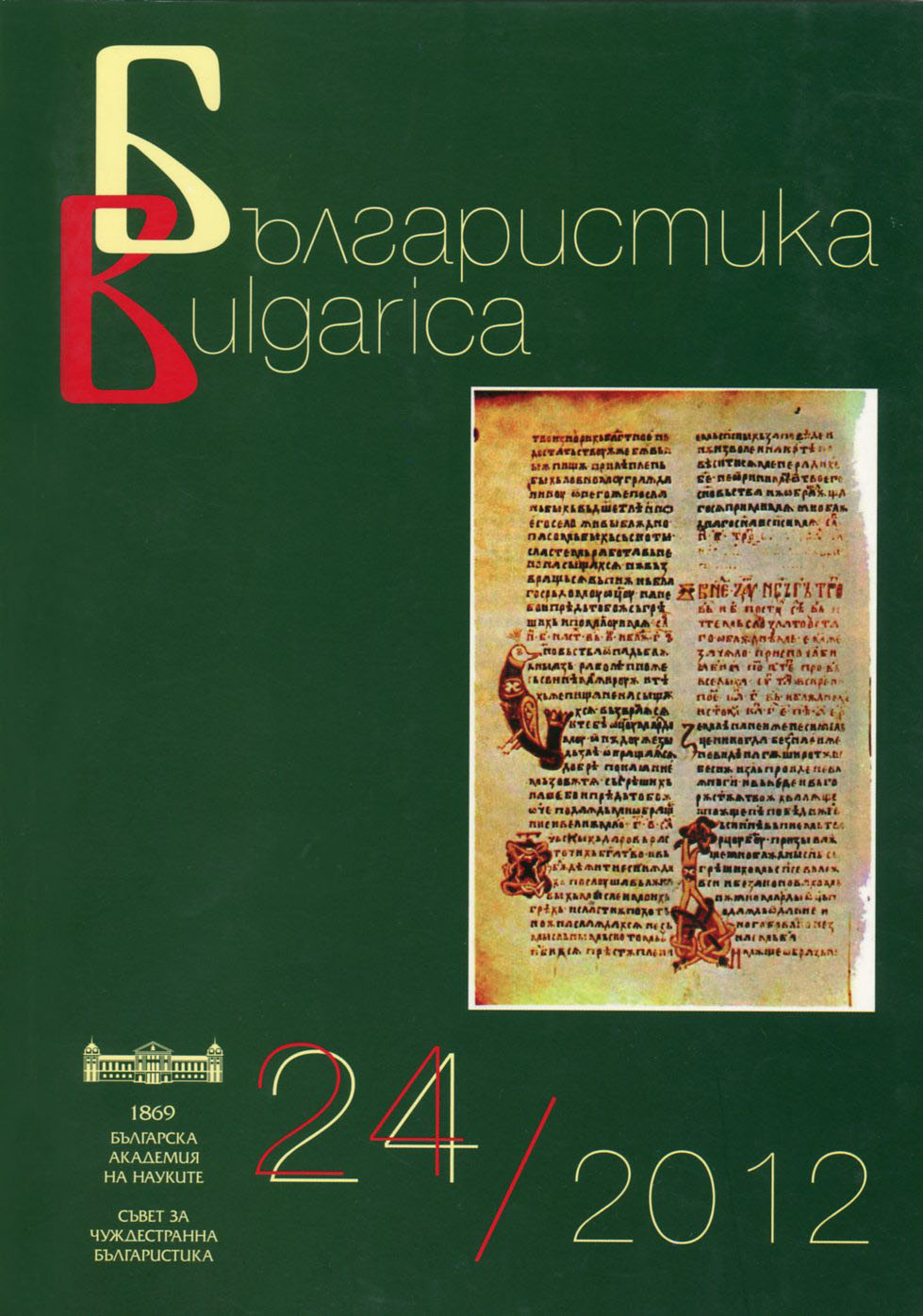
We kindly inform you that, as long as the subject affiliation of our 300.000+ articles is in progress, you might get unsufficient or no results on your third level or second level search. In this case, please broaden your search criteria.

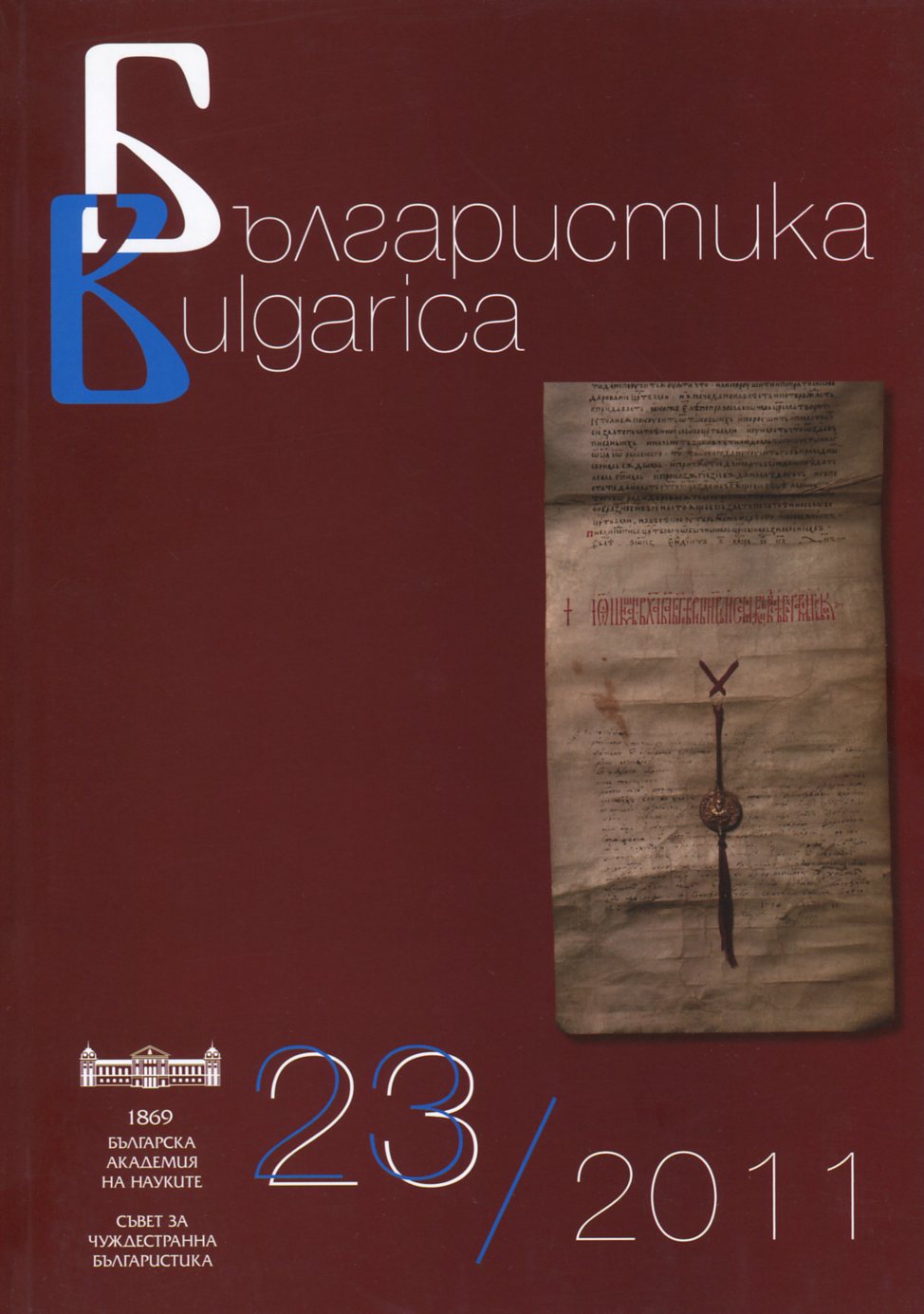
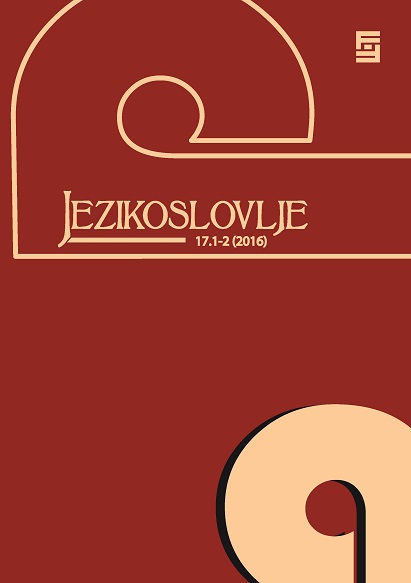
External possession constructions are defined as constructions in which a semantic possessor-possessum relation is expressed by coding the possessor as a core grammatical relation of the verb and in a constituent separate from that which contains the possessum. One construction representative of this phenomenon is that with the dative case as a marker of the possessor, which is known as the dative of possession (DP) and is widely attested in European languages as an areal feature. In this article, I analyze the DP in Croatian, both its standard variety and dialects, particularly from a (micro-)areal-typological perspective, to locate the place of Croatian among Slavic, paying special attention to the correlation between the use of DP and its areal tendency. My analysis led me to conclude that Croatian occupies a place between West Slavic and Slovene, which tend to have a narrower sphere of the use of DP, and Balkanized Slavic, which has a wider sphere of it. This finding can be explained by the fact that West Slavic and Slovene are more habere-type languages than Croatian, which still preserves more esse-type language features that can be also found in the Balkanized Slavic languages.
More...
The article is devoted to an analysis of the hyponyms of the lexeme złodziej in the history of the Polish language. The research that was conducted is representative of the trend of diachronic linguistics and its aim will be to present the complete evolution of the vocabulary concentrated upon the field that is analysed. The material that is presented in the article was excerpted from dictionary sources. In the units that are analysed the main semantic elements which enabled us to divide the material that was collected into two groups were distinguished. The first group contains hyponyms of the lexeme złodziej which emphasise the feature of a thief. The second group contains lexemes which emphasise the manner in which the theft is committed. The main premise of the article is to present the semantic changes which occurred in the field of the hyponyms of the lexeme thief. Another crucial point of the article is associated with etymological investigations whose purpose is to present the origin of the units that are studied.
More...
The majority of the changes which occur in a language may be perceived only from the perspective of the time that elapses. This is a result of the duration of the process which influences a language. This regularity refers also to semantic changes which are influenced inter alia by the evaluation of the properties of referents – the property of a given object which will turn out to be the most important one for the users of a language frequently determines the direction of the changes. The present article contains considerations about the semantics of the word rzecz ‘thing’ associated with its etymology and the other meanings of this word which are a result of the etymology. The plurality of the thematic groups in which one could place the derivatives of the word rzecz is associated with the polysemy of this word. Obviously, the ambiguity of the word-building basis is not the only reason for the lack of semantic relations between the lexemes which are motivated by this base – the changes of the meanings of the particular derivatives are also important. The text is an attempt at answering the questions about inter alia the semantic relation of such words derived from rzecz such as rzeczownik rzeczywisty, rzecznik, grzeczny, niedorzeczny, rzeczowy with the etymon.
More...
The aim of this article is to describe the discourse of personified Death in the selected works of European art and literature from the 12th to the 17th century. The article deals with five discursive situations: questioning Death by a man in verse and prosaic disputations and in dialogues in the paintings and woodcuts of the danse macabre, sending Death to man in Helinand of Froidmont’s poems and in morality plays based on the Everyman theme, dispraising Death by the dolce stil nuovo authors, Dante, Petrarch, Johannes von Tepl, as well as Polish Renaissance and Baroque poets, summoning Death in Polish sermons of the 17th century, and finally ridiculing Death in a number of Old Polish dramatic works reflecting the carnival tradition. The analysis proved that the discourse of personified Death functioned in various contexts, had diverse forms and performed many functions. It primarily functioned in the context of Christian eschatology as the doctrine about the last things. The interaction between Death and man also employed satire and farce to mock the representatives of all social strata. On the other hand, addressing personified Death in love and funeral poetry was an emotional contemplation on the loss of a loved one.
More...
The aim of the considerations featured in the article is to distinguish the most important values, with special reference to social values, to which the female candidates who pursued the office of the president of the Republic of Poland referred to in their electoral campaigns – Henryka Bochniarz in 2005 and Magdalena Ogórek in 2015. In the electoral discourse each politician uses a certain set of values which he or she considers relevant and efficient in his or her message and ones which are consistent with his or her ideology, therefore the author of the article suggests to examine more closely the ways of evaluating reality that both female candidates embraced and analyses the similarity (and the variety) or convergence (and divergence) of the values which these candidates emphasise and support.
More...
The article has the nature of a general overview (inter alia it furnishes an overview of publications in the field of neurolinguistics). The author seeks an answer to the following question: where (and) how the units of speech (of language and speech) are located in the brain. The work consists of a number of parts. In the first chapter the author focuses on the nervous system (the object of neurological research). In the second chapter the author focuses on the linguistic capacity (the object of linguistic research). Both chapters distinguish the units of the brain and speech to which researchers refer in their attempts to describe the relationship between language and the brain. The third chapter alludes to (and classifies) the most recent achievements in the field of neuroscience about the lateralisation and localisation of the linguistic functions in the brain. Eventually the units of human speech are ascribed to the selected areas in the brain. The final part of the work contains a comprehensive bibliography of the subject.
More...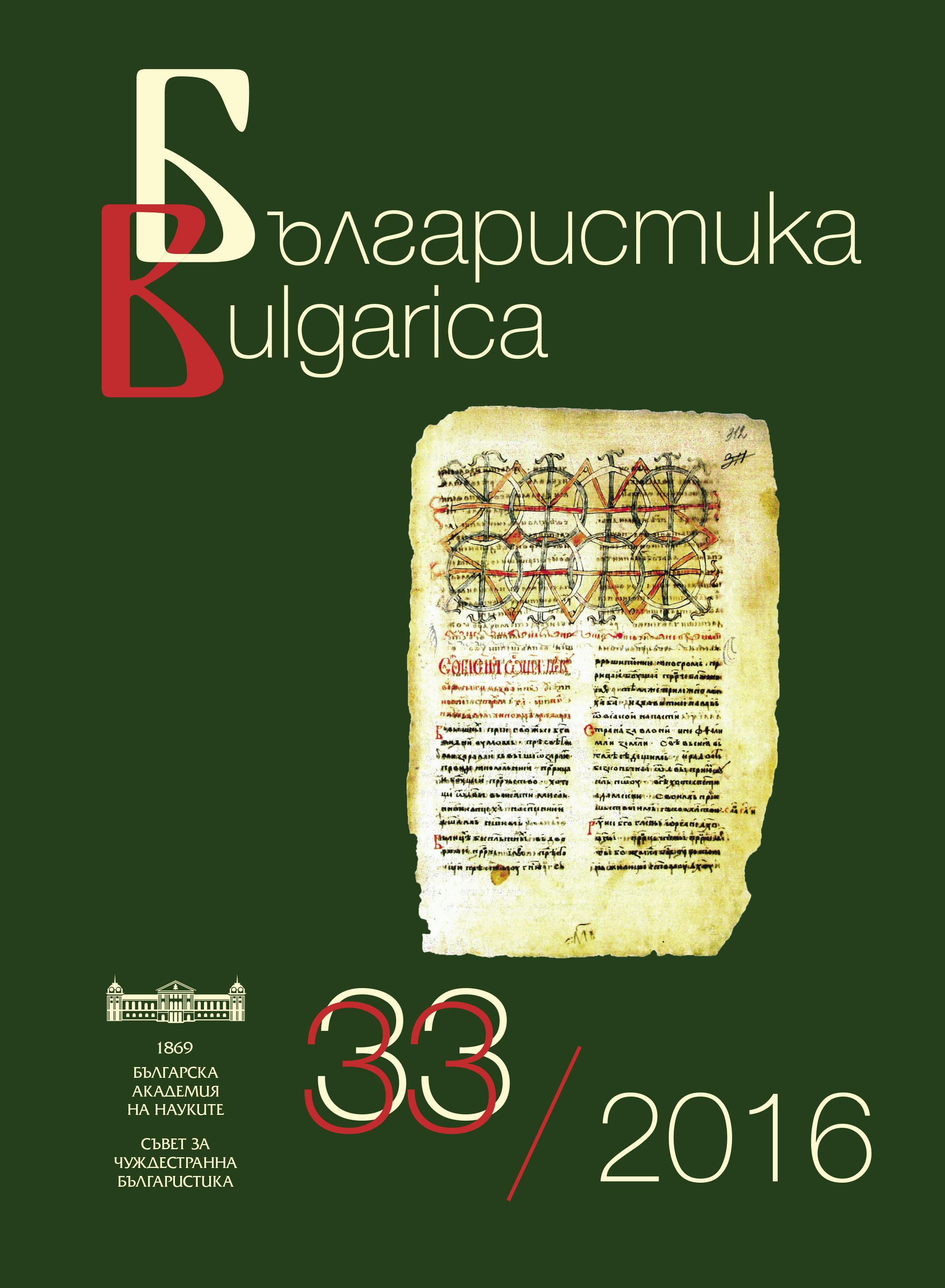
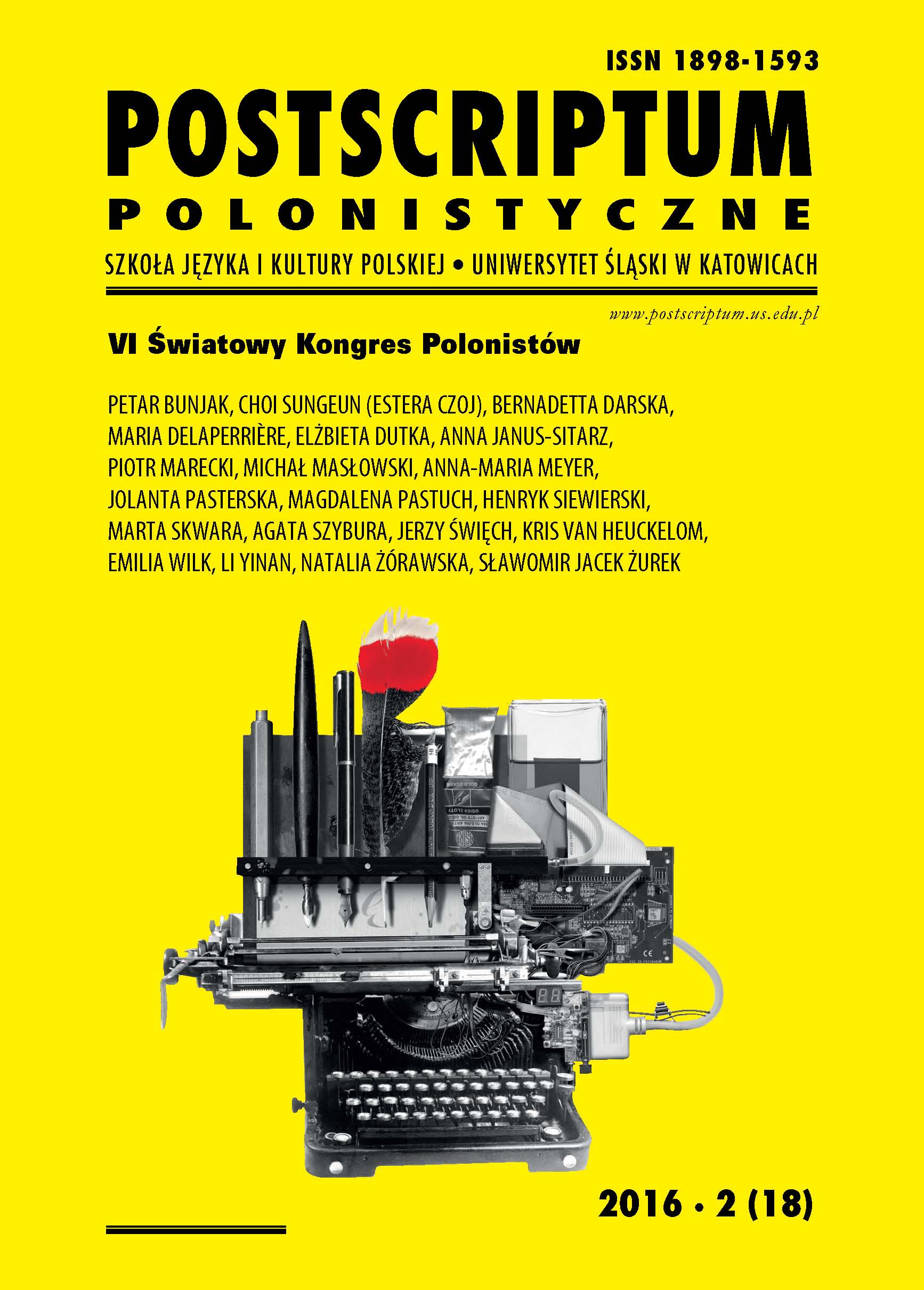
Contemporary cultural changes force Polish literary critics to constantly change their views on literature. Traditional literary canon is prone to stagnation and inertia, but multiculturalism may lead to a dangerous melting in the multiplied maze of cultural interconnections. Trying to overcome such antinomies, the author of the article focuses on the criteria that are important in the reception of Polish culture abroad. Literary canon is not regarded as a standard, but it is worth taking into consideration as an exposition of some general aesthetic, axiological and worldview changes.
More...
Translations have been an interesting part of the history of literature. What has been their function and meaning in different literary epochs? Did they promote new tendencies or influence the creativity of the writers? What has been underestimated so far is the art of translation itself, that is, the development of techniques and styles of translation according to changes in the translator’s work conditions, especially the emancipation, secularization and professionalization of the profession, so that they have been seen as equal in importance to the writers themselves. What should be analyzed are the procedures and practices of translation, which can be interpreted according to contemporary textology. The history of the art of translation is also inspired by contemporary cultural studies, because it regards translation as an institution and focuses on translation discourse, that is, the complex of images, ideas and metaphors that each translator must respect when considering their readers. The tradition of translation is partly different from literary tradition in that the rules of ‘good translation’ promoted at certain times create a codex of a translator’s work.
More...
The article aims at creating a schema that can be used to structure Polonistic linguistic research. The author suggests basic categories, such as METHODOLOGY and METHOD, SUBJECT and SOURCES. Each category, though derived from a different area has specific and relevant information. Each research project described according to such categories would be clearly depicted and placed in an appropriate position within Polonistic linguistics.
More...
There are a wide range of minority languages in Poland – including such languages as Karaite, Lemko and Romani. Polish and international linguists have been studying such minority languages and their relationship with Polish recently, but a lot remains to be done. Such languages are extremely valuable and they must be regarded by the Polonistic linguists as of importance. The article discusses in particular the case of the Romani language. The specifics of the relationship between Polish and Romani languages are discussed in comparison with the relationship between Polish and other languages in Poland.
More...
The article looks into the changing on-screen treatment of Polish immigrant characters living on ‘the Paris pavement’. The corpus of film productions under discussion includes Roman Polański’s “The Tenant” (1976), Peter Kassovitz’s “Mariage blanc” (1986), Costa Gavras’s “La petite apocalypse” (1993), Krzysztof Kieślowski’s “Trois couleurs: Blanc” (1994), Paweł Pawlikowski’s “The Woman in the Fifth” (2011) and Małgorzata Szumowska’s “Elles” (2011). As a comparative analysis of the films involved indicates, both the immigrant characters and the urban space associated with them are subject to gradual changes (although some remarkable spatial motifs, such as the balcony and the roof, make their appearance both in the older and the newer productions). If the earlier films tend to focus on the – often geopolitically connoted – marginalization and degradation of male (anti)heroes in the city’s historical center (or its immediate vicinity), then the more recent films shift focus to the urban periphery, where the Polish characters become part of what Dina Iordanova has called the ‘metropolitan multicultural margins’, along with other, economically underprivileged newcomers from various parts of the (postcolonial and post-Communist) world.
More...
The article aims at describing the genocide that happened in Cambodia. It takes into consideration its specific character and focuses on what occurred there. During the Khmer Rouge’s dictatorship not only were hundreds of thousands of people murdered (about 2.5 million victims according to different sources), but also negative symbols became connected with objects of everyday use. Such objects have become a source of memories about events which were final, inevitable and traumatic.
More...
In his article, Waldemar Czachur makes an attempt of analysing the Reconciliation Letter of the Polish Bishops to their German Brothers of 1965 in terms of strategies aimed at building balance in international relations. The section which outlines the historical background of the letter and its political significance for Poland and the Polish-German relations is followed by linguistic analysis of subsequent parts of the letter to look at various balancing strategies between appreciating oneself and the recipient and protecting oneself and the recipient in the spirit of Goffman’s ritual equilibrium.
More...
The article examines job and professional training advertisements published in Krakow in the daily newspaper “Czas” between 1850 and 1890. The analysed material includes both: job offers and announcements of job seekers. In the education section of the newspaper the advertisements are published by schools, enterprises, teachers’ institutions and individuals ready to accept pupils for apprenticeship programs. The analysis covers the persuasive vocabulary (the role of the name of the advertiser, most common adjectives and adverbs evaluating the service), genre of the advertisement (announcement, request, letter, and all sorts of hybrid forms) as well as the grammatical level of the analysed texts (persuasive aspect of compound sentences). The analysis of the material leads to the conclusion that the advertisements published in the “Czas” newspaper between 1850 and 1890 rarely realise the persuasive function only. Their persuasive role was realised through the selection of vocabulary and genre as well as by modifying and combining features of various genres.
More...
The author Danuta Pluta-Wojciechowska presents certain reflections on the methods of sound elicitation. She offers the linguistic analysis, as well as, the analysis from the point of view of speech therapy of the synthetic method of sound learning providing, at same time, the example of therapy where professionals dealt with case of dental affricative sound. In the following section of the text, the relevance of linguistic knowledge and the theory of speech therapy in the course of planning the providing speech treatment was stressed.
More...
This article describes polish political discourse on TV. The author considers four parameters of discourse’s general organization. They are: (1) profiling of discourse’s community, (2) generic conventions, which are preponderant on TV and typical in political discourse, (3) primary classes of discourse’s participants, (4) relationship: the discourse world and reality.
More...
The linguistic literature (Buhler, Jakobson) mostly mentions six functions of language, paying little attention to the identifying function. Following the assumption that language is not an ‘ordinaty’ element of culture, but is its main basis, we believe that it has more and less stable elements, whose functions are arranged hierarchically.The identifying function has medium stability, is historically variable and becomes particularly important during intensive political changes or (nationalistic) conflicts. An example might be the recent split of Serbo-Croatian into tree languages. The identifying function is always connected with evaluation, which often exaggerates the positive character of a group and its language. Other groups and other languages can be perceived as worse. The identifying function is realized both individually (it can be identified with the expressive function of an individual then) and in a group. In this role it is often used or even abused in modern culture and especially politics. Instead of synonyms and periphrastic expressions we suggest that Polish linguists should make use of the term identifying function of language defined as a nationally or internationally protected function (based on cultural, ideological, or – less frequantly – religious elements) which enables a group of people of common aims, beliefs, ideas and interests to create a community.
More...